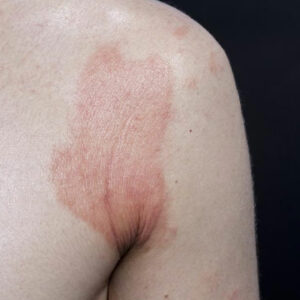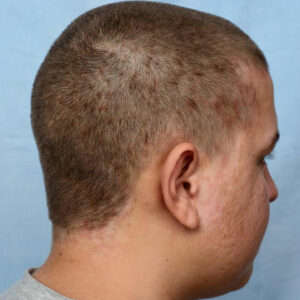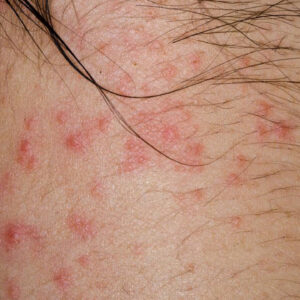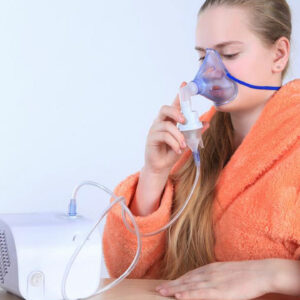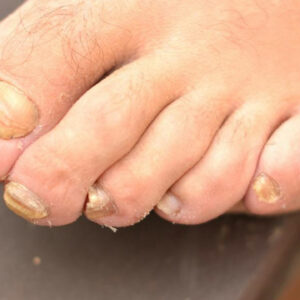
01
Choosing the Best Seborrheic Dermatitis Shampoo
Beautiful hair is one of the biggest desires of women. Every woman wants healthy, long, and shiny hair at any cost. They choose the best of everything for their hair including oil, shampoo, conditioner, and serum. These essentials help them keep their hair healthy and shiny black. You can also maintain good health by using the right product of all these essentials. However, when it comes to hair issues, seborrheic dermatitis is the biggest problem that most of the people go through in their life. Seborrheic dermatitis is a kind of eczema and is similar to the condition of dandruff. Dandruff is not the only issue, a person also faces dry scalp and flaking of the scalp among other issues. The sebaceous gland, which is responsible for oil secretion, increases its production. The excessive and irregular concentration of oil increases the chances of this issue. Due to this disease, the hair becomes thinner, and excessive hair fall is one of the symptoms of this issue. Furthermore, inflamed skin, itching, redness, and yellow dandruff are common symptoms of seborrheic dermatitis. In the normal condition, seborrheic dermatitis comes as a phase and gets fixed after a month without creating any serious problem. However, in some cases, it becomes worse and affects different areas of the body including eyebrows, nose, ear, chest, and armpits. It causes itching and redness in the affected area and promotes skin problems. When it comes to the causes of seborrheic dermatitis, there are not many specific reasons that cause this problem. The issue occurs due to the inflammatory response of yeast. The extreme presence of Vitamin A also promotes this issue, which mostly occurs in children. Moreover, illness, stress, poor health, fatigue, and weather changes are top causes of this disease. If you have the problem of dandruff, then it might be seborrheic dermatitis.
Read More 

